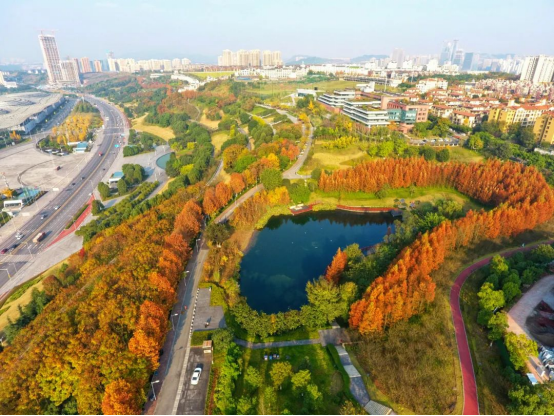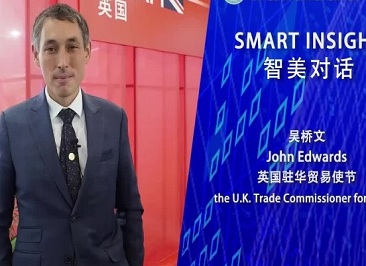Chongqing releases energy saving work plan
Updated:2022-10-10
english.liangjiang.gov.cn

Liangjiang New Area in Southwest China's Chongqing municipality features extensive abundant vegetation. [Photo/liangjiang.gov.cn]
The energy saving and emission reduction work plan for Chongqing municipality during the 14th Five-Year Plan period (2021-25) was issued on Oct 9.
The plan stipulates that by 2025, the energy consumption per unit of GDP in Chongqing will be reduced by 14 percent, and emissions of major pollutants will be gradually reduced as well, while energy utilization efficiency and major pollutant control capability among key industries will reach the forefront in China.
A series of energy saving programs will be carried out to achieve these goals, focusing on 10 aspects such as the eco-friendly transformation of key industrial sectors, public facility upgrading, joint efforts between Chengdu and Chongqing to curb pollution, and the efficient and clean use of coal.
Chongqing will mainly promote energy saving technologies related to iron, steel, nonferrous metals, construction materials, and chemical engineering, and will accelerate efforts to build itself into a national integrated data center hub in order to lead the large-scale, green, and intensified development of data centers.
By 2025, 30 sustainable industrial parks and 300 green workshops will be established, and Chongqing will be able to produce 1 million new energy vehicles annually. Vehicles fueled by electricity, hydrogen, natural gas and other new energies will be prioritized for use in public transport, sanitary, and logistic services in the municipality.
In addition, the plan will also be carried out in the Chengdu-Chongqing economic circle initiative, in which the two regions are expected to jointly tackle air pollution, establish a coordinated polluted weather response mechanism, and boost the cross-regional flow of vehicle emission information.
Video

John Edwards, the UK trade commissioner for China, praised Chongqing over its rise as a burgeoning center in intelligent manufacturing.





